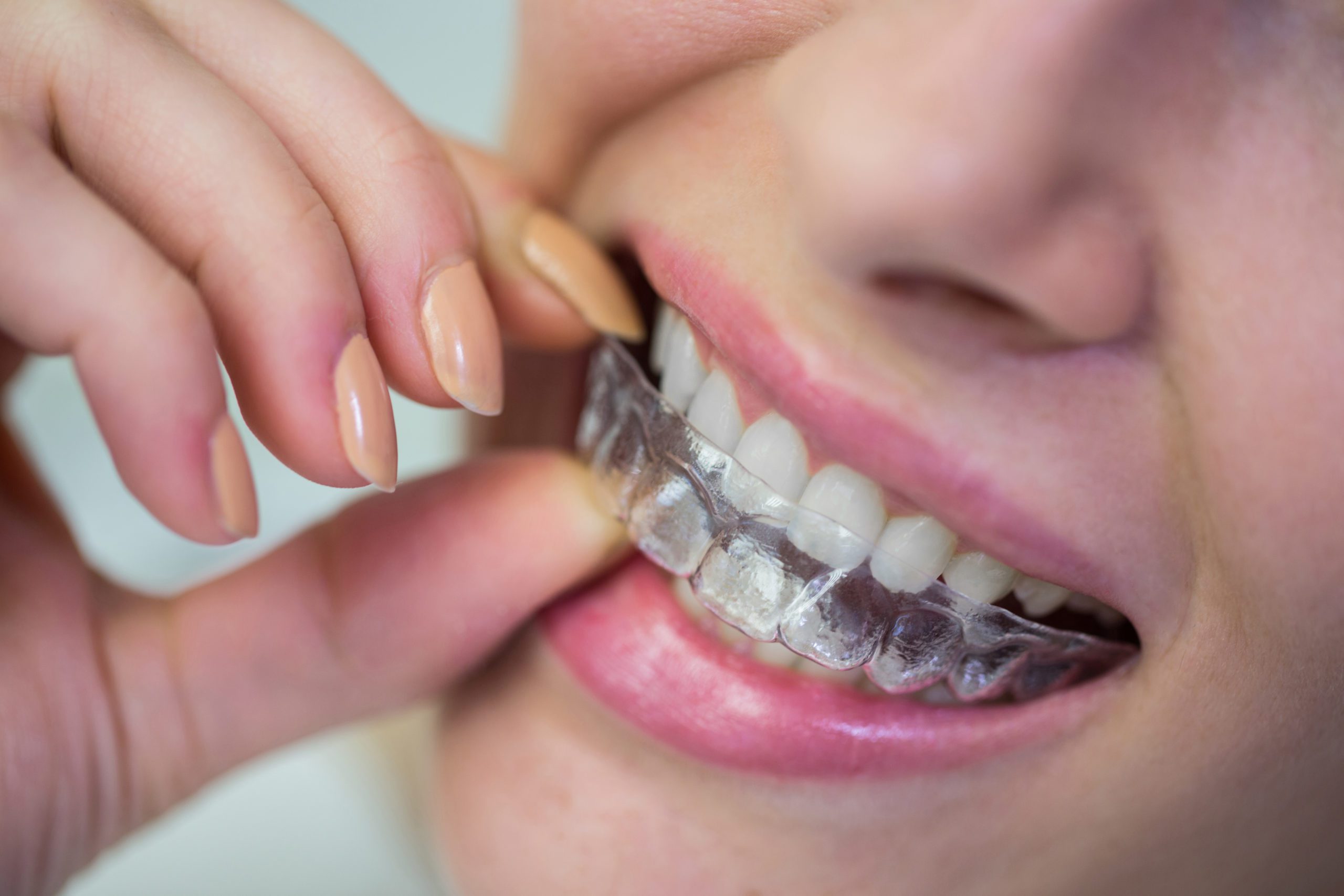Will Invisalign Treatment Be Shorter Than Braces and 6 Other Common Questions

Orthodontic treatment is a significant decision for many people looking to improve their smiles and overall oral health. Traditionally, braces have been the go-to option for straightening teeth, but Invisalign has emerged as a popular alternative in recent years.
One of the key factors people consider when choosing between braces and Invisalign is the duration of treatment. In this article, we will address seven common questions, with a focus on whether Invisalign treatment is generally shorter than braces.
1. Is Invisalign Treatment Faster Than Braces?
One of the primary reasons people opt for Invisalign is its reputation for shorter treatment times compared to traditional braces. Invisalign treatment typically takes an average of 12 to 18 months, while braces may require 18 to 36 months or more. However, the actual duration can vary depending on individual cases. Severe misalignments or complex orthodontic issues may extend the treatment time for both options.
Additionally, patient compliance plays a significant role in the speed of Invisalign treatment, as aligners need to be worn consistently for optimal results.
2. How Does Invisalign Work?
Invisalign uses a series of clear, removable aligners to gradually move teeth into their desired positions. These aligners are custom-made for each patient and are replaced approximately every two weeks as the teeth shift.
The aligners are virtually invisible, making them a popular choice among adults and teenagers who may be self-conscious about wearing braces. The treatment plan is meticulously designed by an orthodontist using 3D digital scans and computer-aided design (CAD) technology to ensure precise tooth movements.
3. Are Braces More Effective Than Invisalign?
Both braces and Invisalign are highly effective at straightening teeth and addressing various orthodontic issues. The choice between the two often comes down to individual preferences, lifestyle, and the complexity of the case.
Braces may be more suitable for severe misalignments or issues that require extensive tooth rotation or vertical movement. In contrast, Invisalign is often favored for its discreet appearance and convenience. Ultimately, the effectiveness of either treatment depends on the skill and experience of the orthodontist as well.
4. Does Invisalign Cause Less Discomfort?
Invisalign aligners are generally considered more comfortable than braces because they are made of smooth, BPA-free plastic that doesn’t irritate the cheeks and gums. Braces, on the other hand, can cause sore spots and discomfort due to the brackets and wires. However, both options may cause some initial discomfort as the teeth adjust to the pressure. Invisalign wearers may also experience slight discomfort when switching to a new set of aligners in the series, but this discomfort is usually temporary.
5. Can Invisalign Treat All Orthodontic Issues?
Invisalign has come a long way in addressing various orthodontic issues, including crowding, spacing, overbites, underbites, and crossbites. However, its suitability depends on the complexity of the case and the orthodontist’s expertise.
Severe malocclusions or cases requiring extensive tooth movement may still be better suited for traditional braces. During your initial consultation, your orthodontist will assess your specific needs and recommend the most appropriate treatment option.
6. Is Invisalign More Expensive Than Braces?
The cost of orthodontic treatment varies depending on several factors, including the complexity of the case, location, and the orthodontist’s fees. In general, Invisalign tends to be slightly more expensive than traditional braces.
However, the price difference may not be significant for many patients. It’s essential to consult with your orthodontist and discuss your budget and payment options. Many practices offer flexible financing plans to make orthodontic treatment more affordable.
7. How Can I Ensure a Shorter Invisalign Treatment?
If you’re considering Invisalign and want to achieve the shortest possible treatment time, there are several key factors to keep in mind:
a. Consistent Wear: Invisalign aligners should be worn for 20-22 hours a day. Failing to wear them as recommended can prolong treatment.
b. Follow Instructions: It’s crucial to follow your orthodontist’s instructions regarding aligner changes and care. This ensures the treatment progresses as planned.
c. Maintain Good Oral Hygiene: Proper oral hygiene is essential during Invisalign treatment. Brush and floss regularly to prevent complications like cavities and gum disease.
d. Avoid Staining Foods: Some foods and beverages can stain Invisalign aligners. Minimize your consumption of these items to keep your aligners clear and discreet.
e, Regular Check-Ups: Attend all scheduled appointments with your orthodontist. They will monitor your progress and make adjustments as needed.
f. Be Patient: Orthodontic treatment takes time. Trust the process and follow your orthodontist’s recommendations for the best results.
Conclusion:
Invisalign treatment is often associated with shorter treatment times compared to traditional braces, making it an attractive option for many individuals seeking orthodontic care.
However, the actual duration of treatment can vary depending on various factors, including the complexity of the case and patient compliance. To determine whether Invisalign is the right choice for you and to achieve the best results in the shortest time possible, consult with an experienced orthodontist who can provide personalized guidance and treatment plans tailored to your needs.
Ultimately, the goal of orthodontic treatment, regardless of the method chosen, is to achieve a healthy, beautiful smile that lasts a lifetime.
